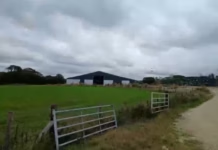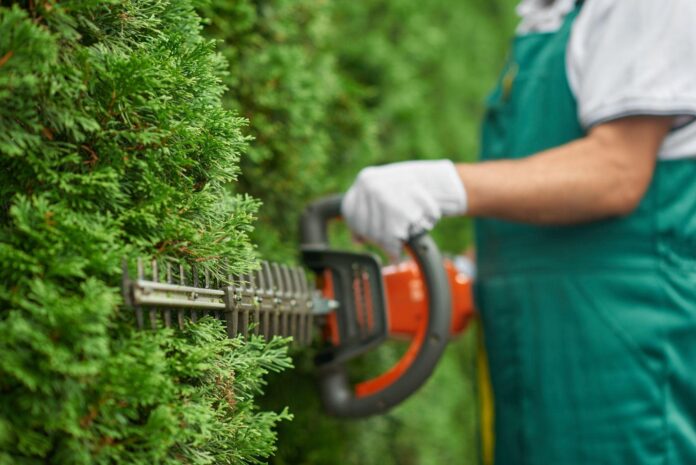Green-fingered Brits are being offered advice on how to tidy up hedges and shrubs as Spring approaches.
The outdoors experts at GardeningExpress.co.uk have revealed five tips to keep on top of having the best garden hedge in the neighbourhood.
Often picked over traditional metal or wooden fences, hedges bring benefits to local wildlife as they provide free movements for feeding and breeding opportunities.
They are also a beautiful, natural addition to any garden and offer noise reduction from busy streets, can mitigate flooding, and capture pollution.
A spokesperson for GardeningExpress.co.uk said: “There are a wide variety of hedges and shrubs available to border the garden, decorate certain areas and encourage wildlife.
“They boost the privacy of any space and add some bloom or flower which can brighten any space.
“Getting the hedges in fully grown, or growing them yourself, can be time-consuming and a bit of a slog. However, they are easy to look after and have many benefits.
GardeningExpress‘ advice for shaping hedges:
1. Good plant picks
Those looking for a leafy finish to their garden barrier could pick the fast-growing Hedging Laurels. They are much lower maintenance than other varieties like the Leyland Cypress hedge and even produce small white flowers in mid-spring. The hedge also offers amazing garden privacy by growing like a dense, bushy, evergreen shrub with large glossy, dark green leaves which can grow up to 7 feet tall.
2. Safety
Safety is of utmost importance when trimming hedges. The process can involve heavy, or sharp, dangerous tools. It is also important to stay safe whilst reaching up or using steps or ladders. If using a handheld tool, make sure that it is sharp and in good condition. Blunt blades are less effective and can be dangerous, especially when on an electric tool.
Wear sensible clothing which will protect you from flying twigs or leaves. It would also be a good idea to have a thick pair of gardening gloves when handling branches and some safety goggles when cutting and shaping the hedge.
3. Wildlife watch out
If you suspect birds are nesting in the hedge, make sure that you do not attempt to trim or cut it down. Under the Wildlife & Countryside Act 1981, it is an offence to damage or destroy the nest of any wild bird, when in use or being built. Nesting season tends to happen between 1st March and 31st July, so be particularly cautious around that time.
4. Trimming
For formal, uniform hedges, start by trimming the top flat. It can be quite tricky to do by hand. Those that are unsteady or can’t cut by eye can use string as a guide. Simply tie it around fence posts or hammer two stakes into the ground. Cut the sides, ensuring that they are slightly narrower at the base or the plant than they are at the top.
Flowering, informal, non-uniform hedges naturally keep their shape, but it doesn’t mean they wouldn’t appreciate a bit of pruning. Remove old or dying stems with secateurs and cut branches down if they start to stray out of their allotted space.
To prevent the spread of fungal diseases, rake or brush off trimmings once cut.
5. Maintenance
It might take a bit of elbow grease to get your hedge trimmed to your desired shape, but once it is, water and mulch the plants to keep them in good condition. If a plant becomes poorly, give it some special attention. Occasionally hedge plants die or become damaged through disease. If it’s not possible to save the plant, wait until autumn and replace it.

| [donate]
| Help keep news FREE for our readersSupporting your local community newspaper/online news outlet is crucial now more than ever. If you believe in independent journalism,then consider making a valuable contribution by making a one-time or monthly donation. We operate in rural areas where providing unbiased news can be challenging. |



















